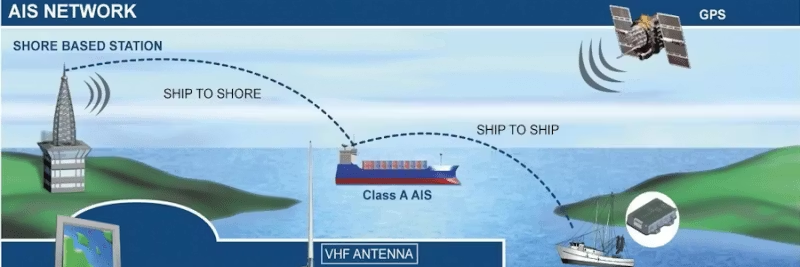Learn why SOTDMA provides better range, higher priority, and increased safety compared to older CSTDMA technology. Perfect for recreational boats and high-speed vessels.
In 2018, the IMO launched a new standard for AIS Class B transceivers. This update enabled Class B to use the same method as commercial shipping – SOTDMA – instead of the older CSTDMA. This means better performance, higher priority, and increased safety for recreational boats and smaller vessels.
What are SOTDMA and CSTDMA?
- SOTDMA: Self Organized Time Division Multiple Access – reserves time slots in advance for stable communication.
- CSTDMA: Carrier Sense Time Division Multiple Access – listens for available slots before transmitting.
How does AIS work?
AIS (Automatic Identification System) is a global system that continuously exchanges position data between vessels. Each minute is divided into 2250 time slots synchronized with UTC. Each vessel sends its report in its own slot to avoid data traffic collisions.
The difference between CSTDMA and SOTDMA
- CSTDMA: The transceiver searches for available slots. During high traffic, transmission may be delayed.
- SOTDMA: Time slots are booked in advance, guaranteeing fast and reliable transmission.
Advantages of SOTDMA
- Higher transmission power: 5 Watt provides longer range compared to older standards.
- Higher priority: Class B with SOTDMA has greater priority than CSTDMA in the system.
- Better reliability: Pre-booked time slots reduce the risk of data collisions.
Class B vs Class A – Key differences
- Transmission power: Class A has 12.5 Watt, Class B has 5 Watt.
- Reporting frequency: Class A updates every 2–10 seconds when moving, Class B every 30 seconds or longer.
- Priority: Class A always has the highest priority.
- Information: Class A sends more detailed data, including cargo and itinerary.
Choosing an AIS with SOTDMA is crucial if you operate a high-speed boat, are in heavily trafficked areas, or travel far from the coast.
